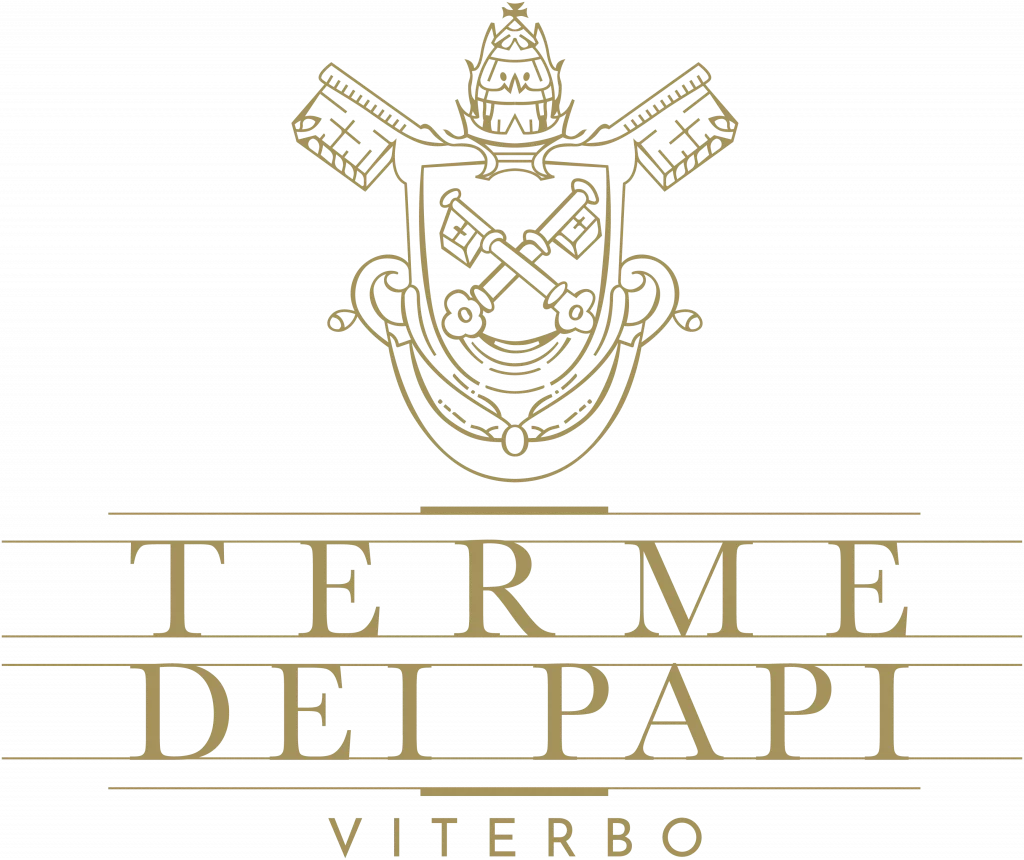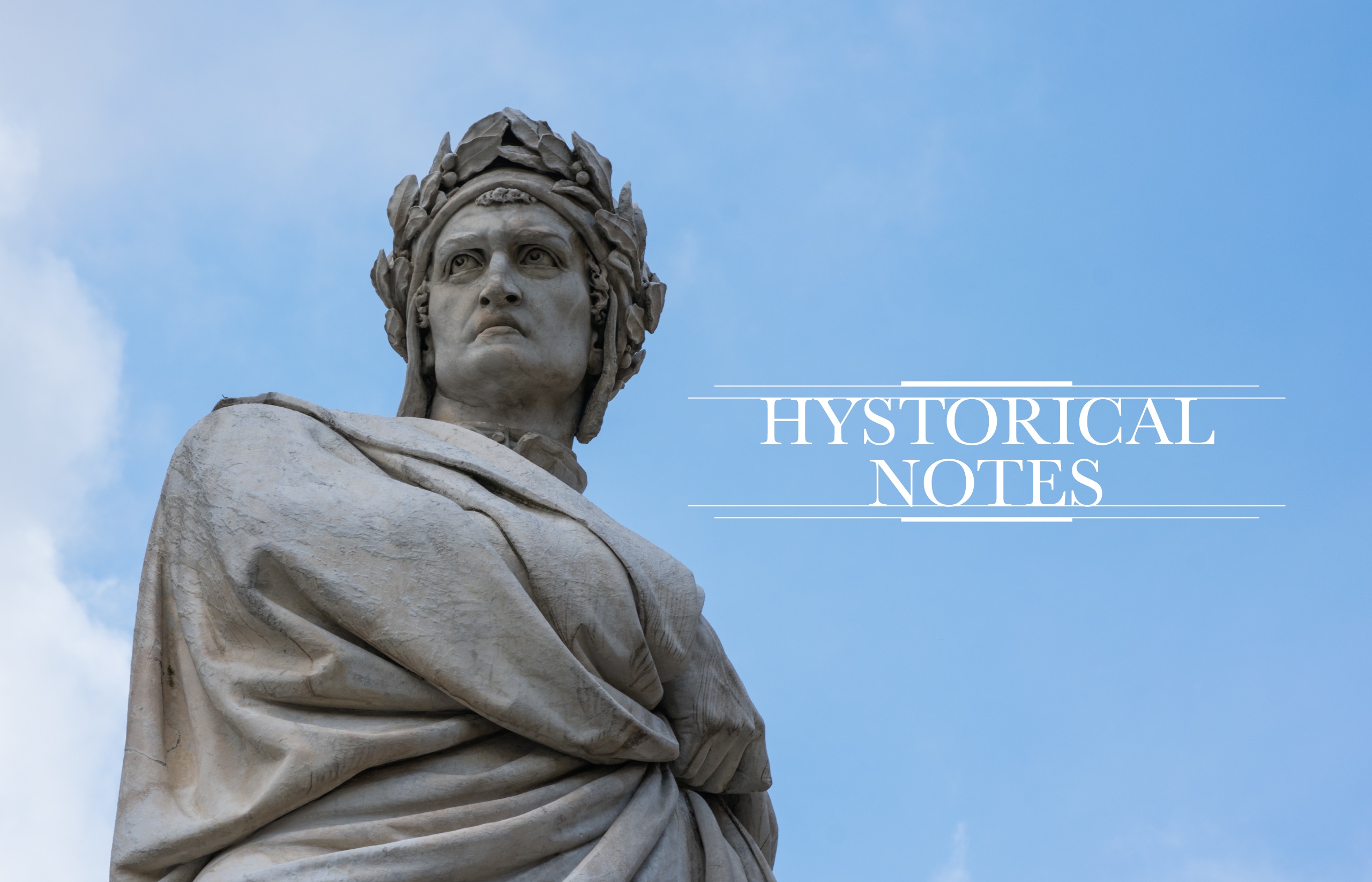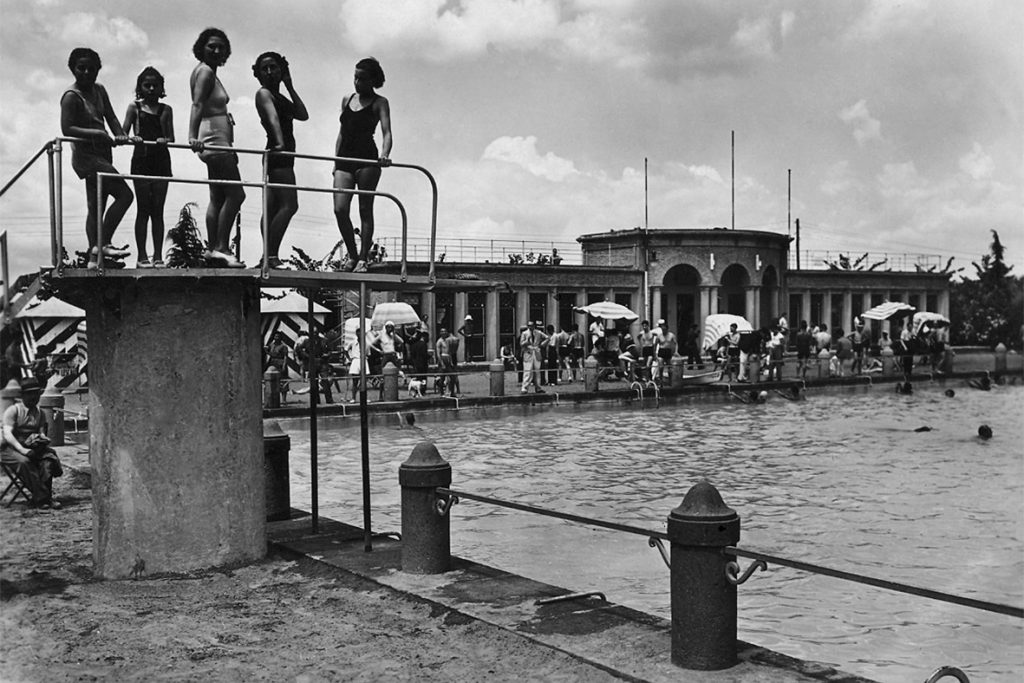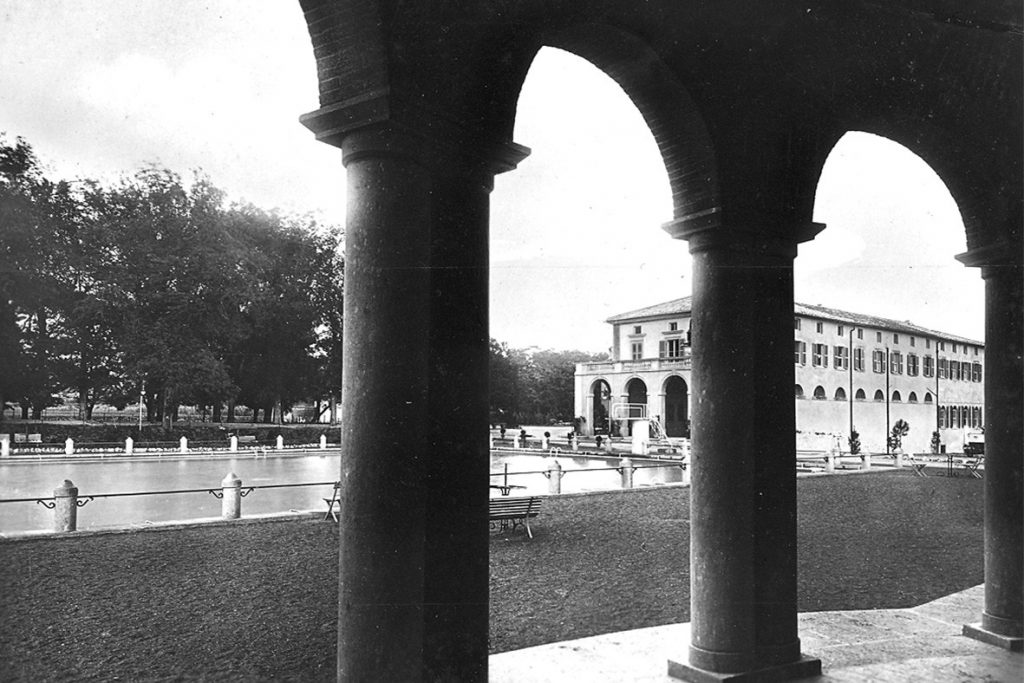




At that point, it wasn’t long until the new Pope, Gregory X, was elected. And it was he who, during the Second Council of Lyons, decreed the cardinals’ strict confinement as an indispensable way of conducting papal elections, in order to avoid the delays, the attempts at external influence, and the corruption that had occurred in several cases. But the thermal baths primarily came to be known as the “Terme dei Papi” because of another pontiff: Pope Nicholas V, who was so impressed with the beneficial effect that these waters had on his ailments that, in 1450, he had a splendid palace built directly on the spot, so that he could stay there whenever needed.
That building, with its crenellated walls, beautiful cross-shaped windows, and halls covered with large vaults, has since been known as “the Pope’s Bath”. Further renovations of the building were carried out at the behest of Pope Pius II. In 1989, Socrate Sensi, a businessman and knight of the order of merit for labour from Viterbo began renovating and modernising the entire municipal Spa, and opened it to the public in 1993. Ever since then, the Terme dei Papi has established an increasingly solid foothold on the thermal wellness and health market, and has even been ranked in the Top Superior Category thanks to the effectiveness of its thermal treatments. To this day, Terme dei Papi is still managed by the children and grandchildren of Socrate Sensi.
